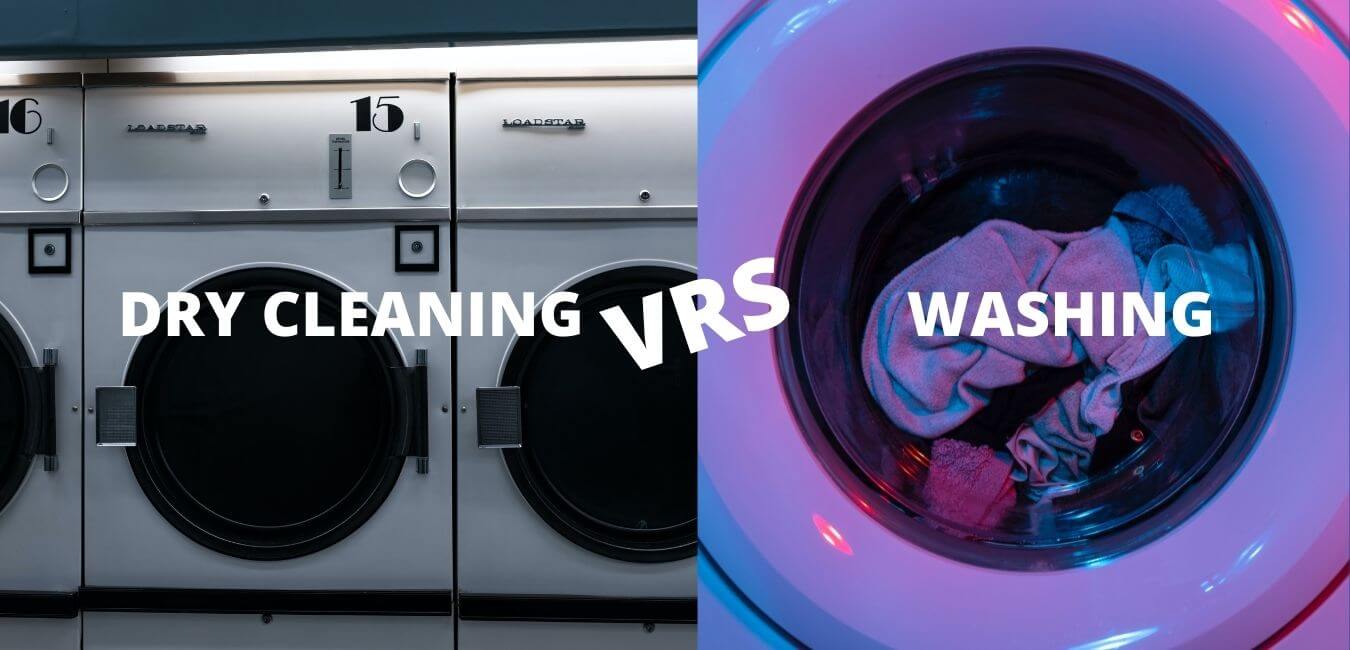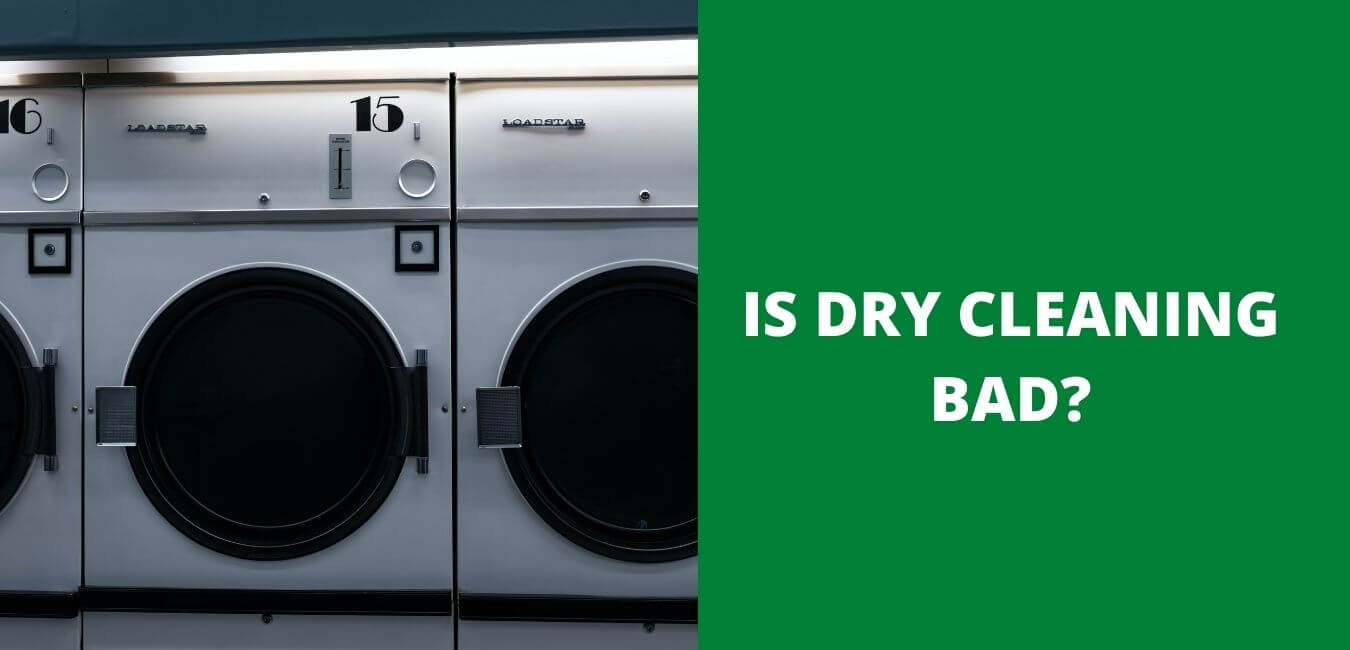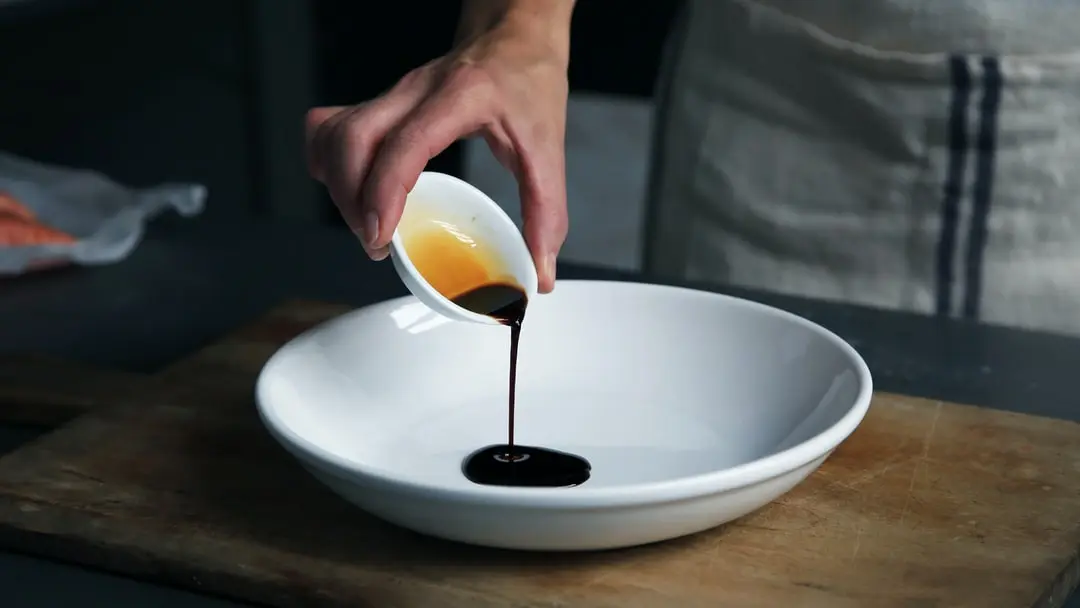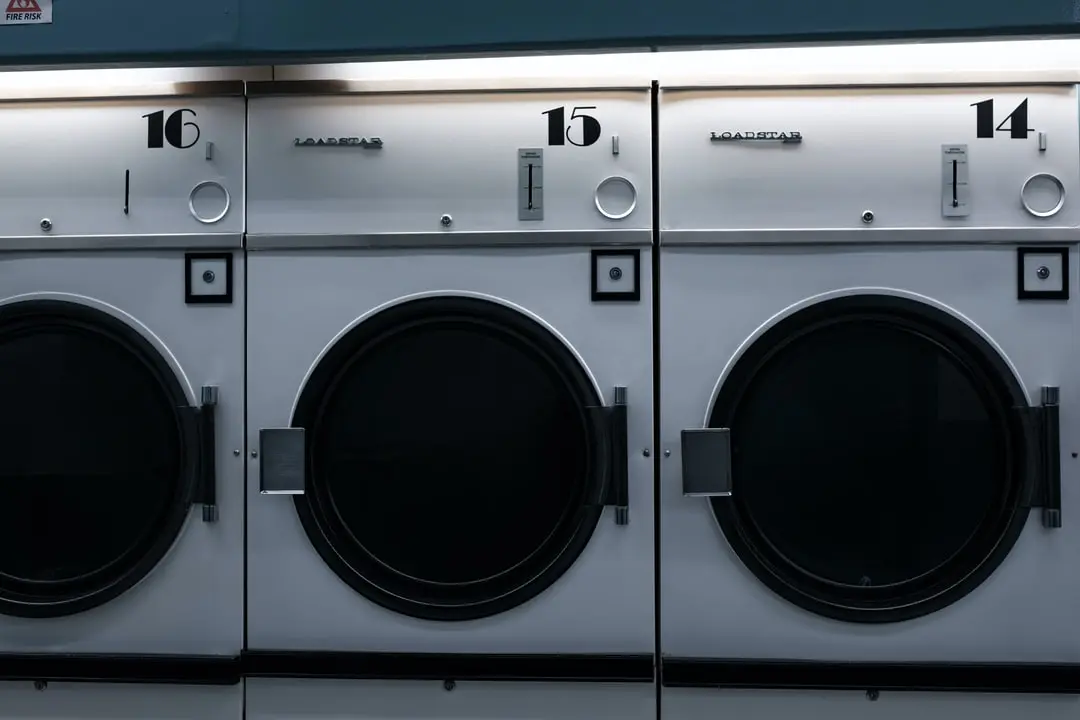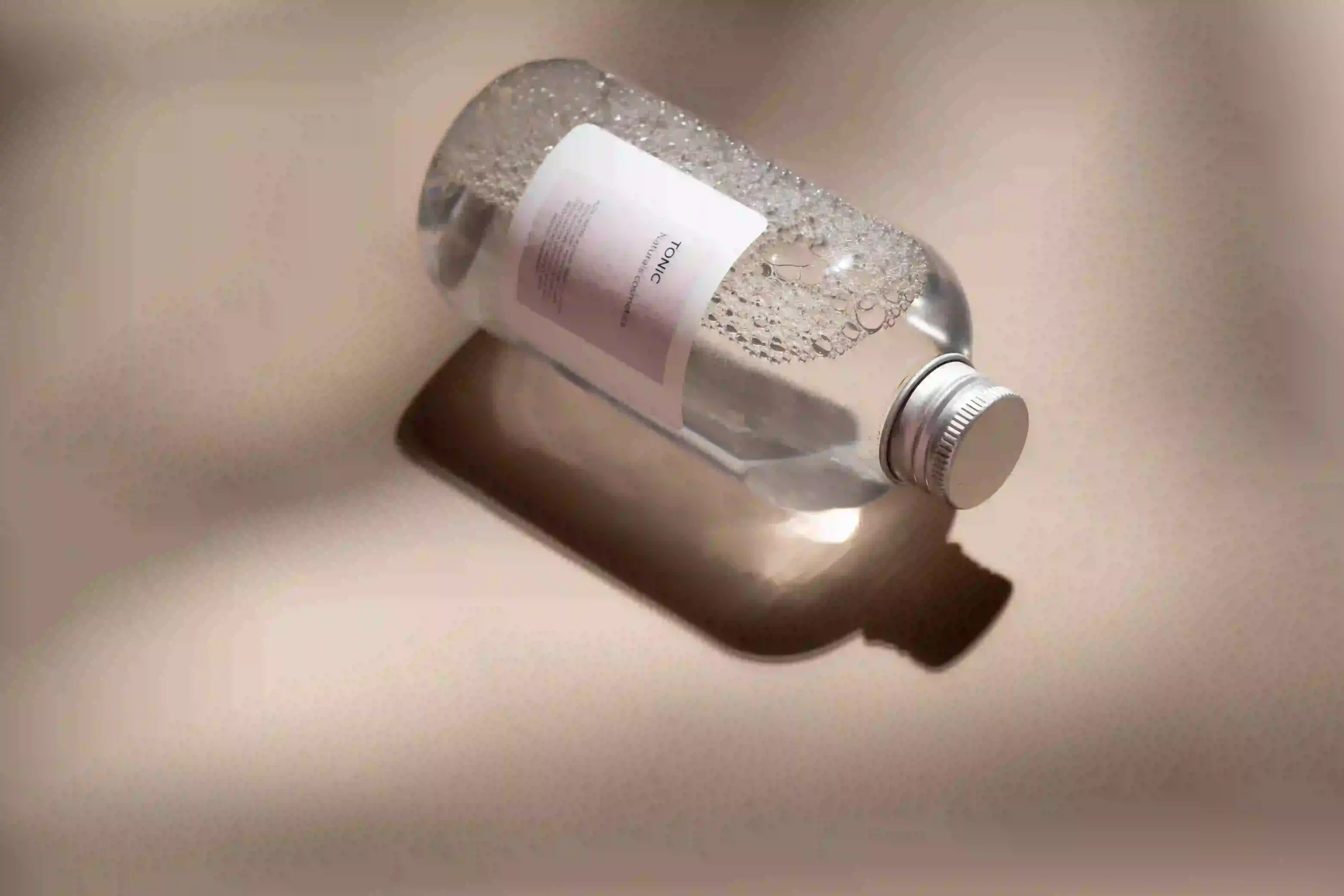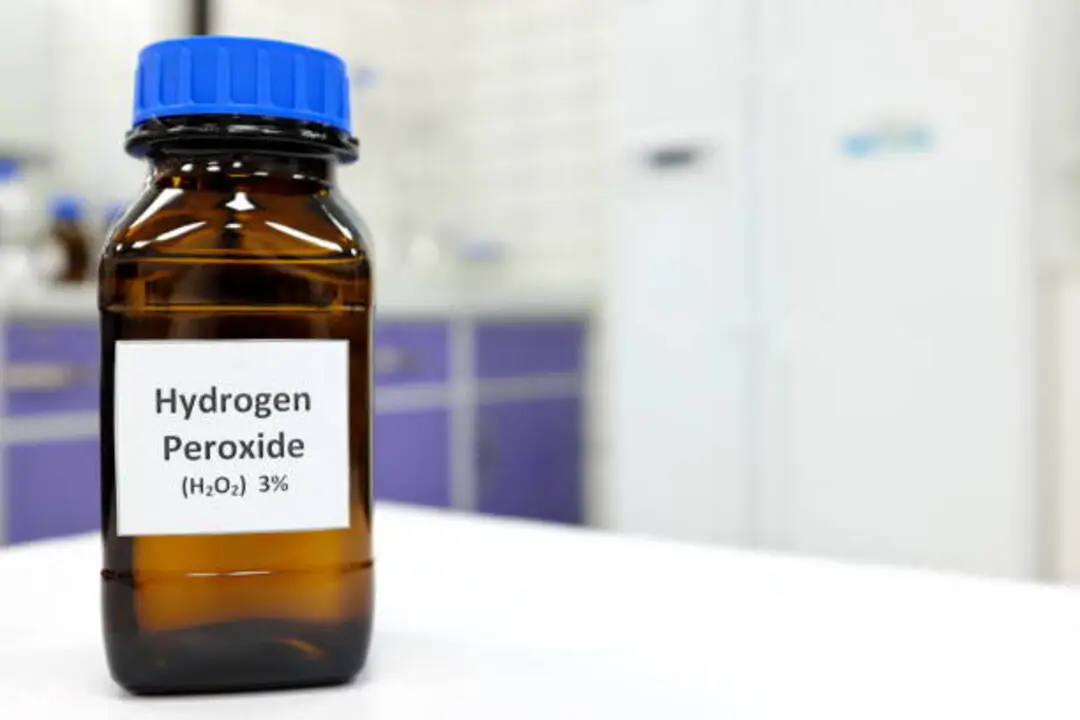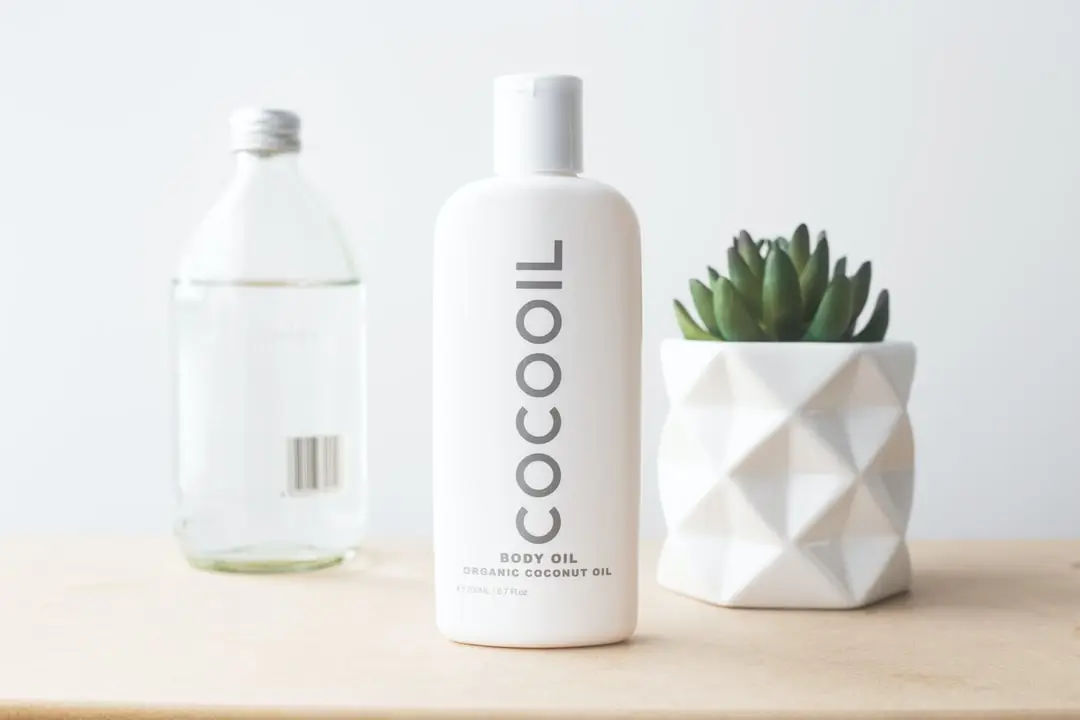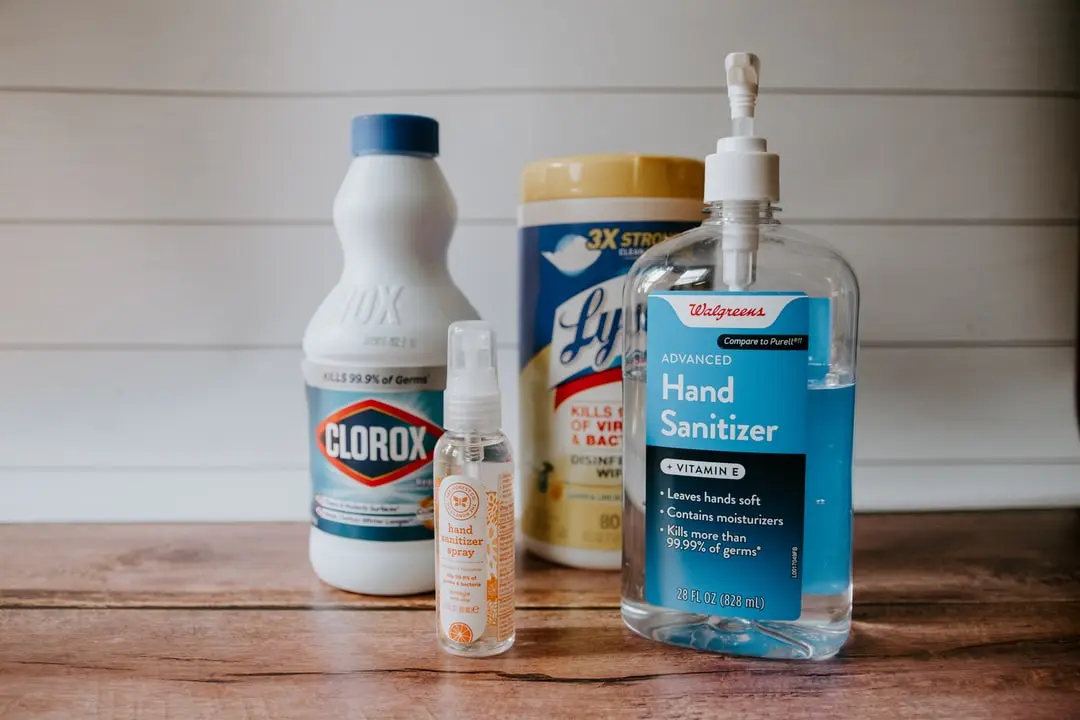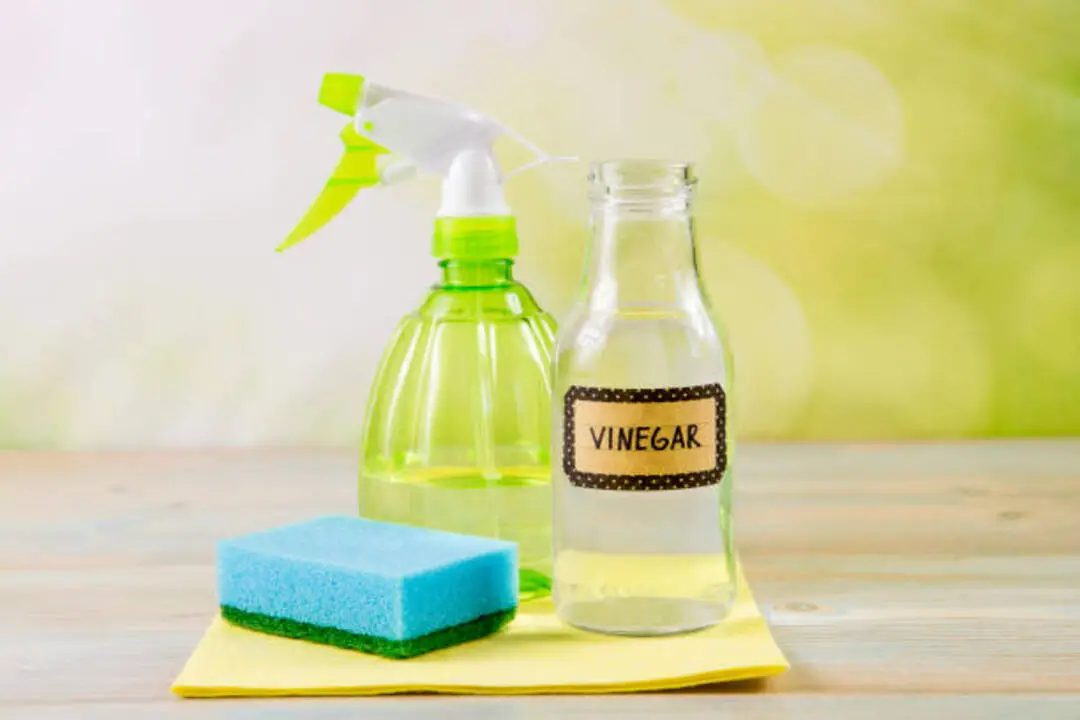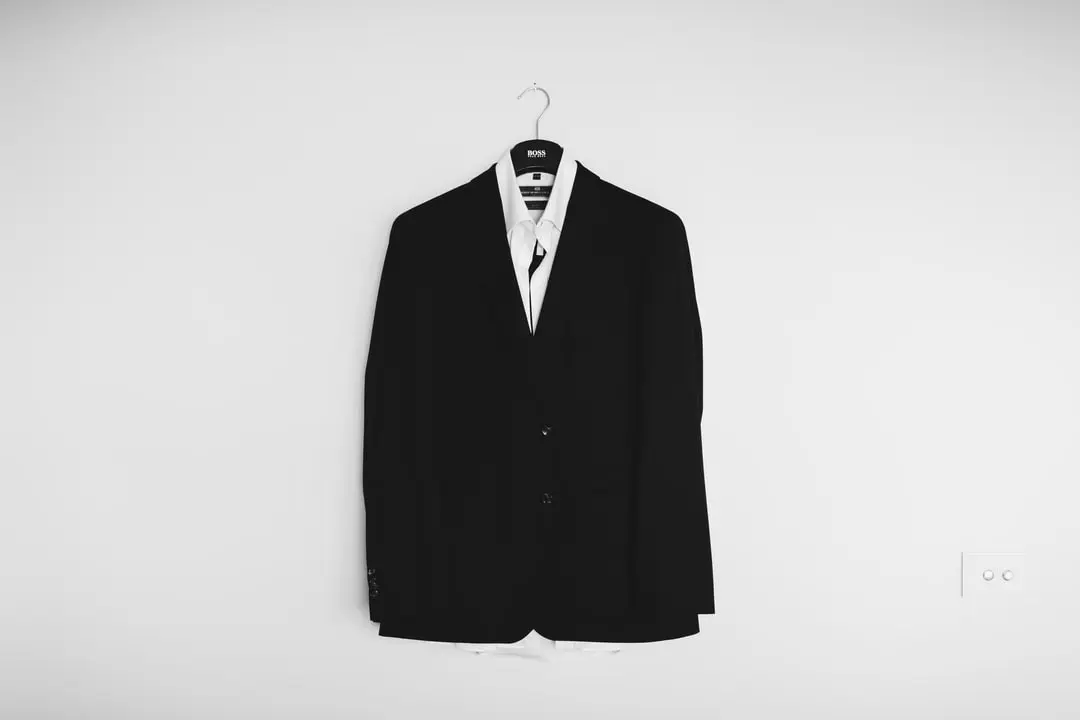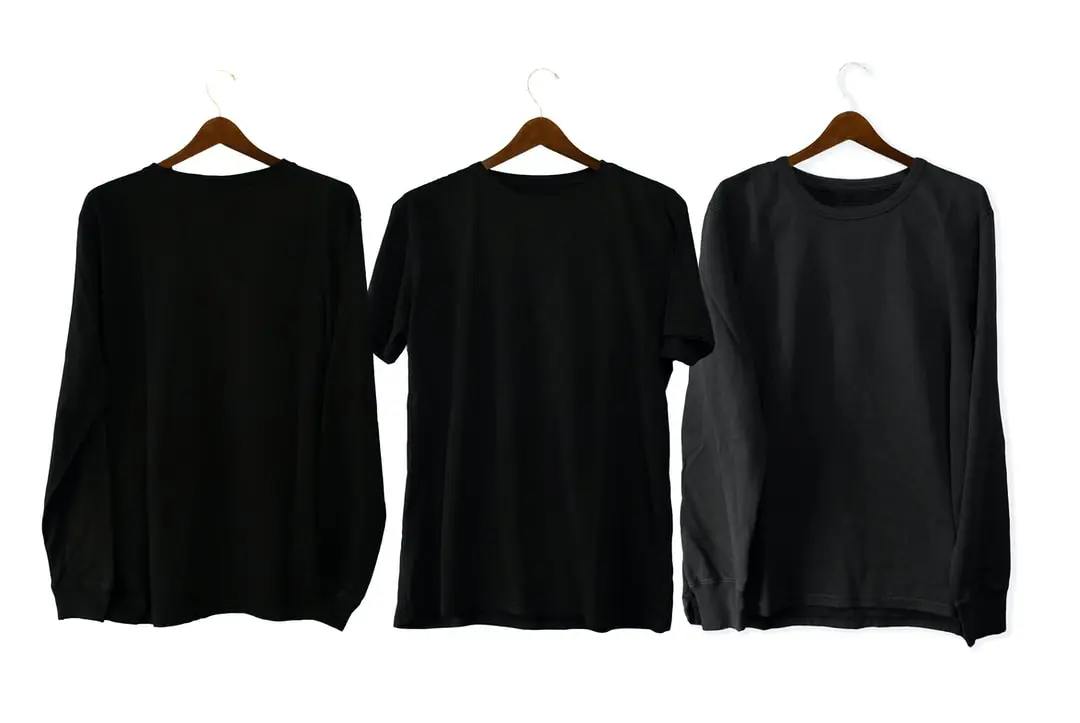Imagine waking up to a crisp morning, ready to start your day, only to find saliva stains on your pillow. It’s frustrating, isn’t it?
Whether it’s your furry friend or your little one, drool stains can be a hassle to deal with. But fret not, there are effective solutions to get rid of these pesky stains and keep your clothes and pillows clean and fresh.
In this article, we’ll show you how to bid farewell to saliva stains and keep your clothes and pillows looking and smelling great. We’ll share tips and tricks for removing both fresh and old stains using simple household items like vinegar, baking soda, and rubbing alcohol.
Plus, we’ll also discuss proper care for delicate fabrics and the importance of regular pillow cleaning to prevent germ and mold build-up.
Stop letting saliva stains get in the way of your day and embrace the freedom of clean and fresh clothes and pillows.
Key Takeaways
- Vinegar and baking soda solutions can break down both fresh and old saliva stains on regular fabrics like cotton, polyester, and linen.
- Rubbing alcohol is a good option for dried drool stains, especially for delicate fabrics such as silk, suede, and velvet.
- Pillows can be washed in a washer or sent to a professional cleaner and should be washed every 6 months to prevent bad smells and germ build-up.
- Regular cleaning of pillows with a protein-based stain detergent and baking soda prevents germ and mold build-up, and drool stains require more frequent washing.
Removing Fresh saliva Stains
When life hands you a drooly mess, don’t panic! Fresh stains on your favorite fabrics can be quickly tackled with a few simple steps.
First, remove any excess saliva by blotting the stain with a clean cloth or paper towel. Then, mix together one teaspoon of dish soap and a quarter cup of distilled vinegar into one cup of cold water.
Sprinkle baking soda on the stain, and spray the cleaning solution onto the affected area. Let it sit for at least 15 minutes, and then blot the excess vinegar and baking soda. Repeat as necessary until the stain is gone.
If you prefer natural stain removal options, consider using lemon juice or hydrogen peroxide instead of vinegar. Both of these natural liquids can break down protein-based stains like saliva. However, be cautious when using hydrogen peroxide on colored fabrics, as it can cause discoloration.
Additionally, to prevent future stains, consider using a protective cover or pillowcase, especially for items that are frequently exposed to saliva. By taking these simple steps, you can keep your clothes and pillows fresh and clean.
Removing Old saliva Stains

Option 1:
If you’re dealing with crusty, old saliva stains on your fabric, breaking down the proteins can be a challenge. But don’t worry, there are some tips for quick stain removal that can help you say goodbye to those unsightly marks.
First, consider using a mixture of vinegar and baking soda to break down the stain. Simply mix one teaspoon of dish soap and a quarter cup of distilled vinegar into one cup of cold water, sprinkle baking soda on the stains, spray the stains with the cleaning solution, let it sit for at least 15 minutes, blot the excess vinegar and baking soda, and repeat as necessary.
Option 2:
Another option for removing old saliva stains is to use rubbing alcohol.
Fill a spray bottle with rubbing alcohol or use a clean sponge to apply the liquid, allow the alcohol between 5 and 10 minutes to break down the stain, use a sponge to blot the excess alcohol and lift the stain off the fabric, and repeat as necessary.
By taking these steps, you can keep your fabrics looking clean and fresh, without the hassle of tough-to-remove saliva stains.
| Tips for Quick Stain Removal | Preventing Saliva Stains from Happening Again |
|---|---|
| Use vinegar and baking soda mixture | Use protective covers on pillows |
| Apply rubbing alcohol | Be mindful of drooling on clothing |
| Let the cleaning solution sit for at least 15 minutes | Wash pillows every 6 months |
| Repeat as necessary | Replace pillows every two years |
Remember to follow these tips for quick and easy removal of old saliva stains, and take steps to prevent them from happening again. With a little effort, you can keep your fabrics looking clean and fresh, and enjoy a sense of freedom from tough-to-remove stains.
Treating saliva stains from Delicate Fabrics
Treating delicate fabrics can be tricky. Delicate fabrics are like fragile flowers that need extra care and attention when removing stubborn stains. When it comes to treating saliva stains on silk clothing or pillows, it’s important to proceed with caution. Silk is a delicate and luxurious fabric that can easily get damaged if it’s not treated properly.
Here are three things you can do to care for silk and avoid damage when removing saliva stains:
- Use a gentle cleaning solution: Avoid using harsh chemicals and opt for a mild detergent or dish soap mixed with cold water. Apply the solution to the stain with a soft cloth or sponge and gently blot the area. Avoid rubbing or scrubbing, as this can damage the silk fibers.
- Test a small area first: Before treating the entire garment or pillow, test a small, inconspicuous area first to ensure that the cleaning solution won’t cause any damage or discoloration.
- Consult a professional: If you’re unsure about how to treat a saliva stain on silk, it’s always best to consult a professional cleaner who specializes in delicate fabrics. They’ll have the knowledge and expertise to remove the stain safely without damaging your silk item.
By following these tips, you can effectively remove saliva stains from delicate silk items without causing any damage. Remember, prevention is key, so try to avoid drooling on your silk items as much as possible.
Treating saliva stains from Regular Fabrics
To effectively treat regular fabrics for tough stains like saliva, you’ll need to use the right cleaning solutions and techniques.
For cotton, polyester, and linen fabrics, vinegar and baking soda solutions work wonders in breaking down the proteins in saliva stains. Mix one teaspoon of dish soap and a quarter cup of distilled vinegar into one cup of cold water, sprinkle baking soda on the stains, spray the stains with the cleaning solution, let it sit for at least 15 minutes, blot the excess vinegar and baking soda, and repeat as necessary.
When dealing with dried drool stains on regular fabrics, rubbing alcohol is also a good option. Fill a spray bottle with rubbing alcohol or use a clean sponge to apply the liquid, allow the alcohol between 5 and 10 minutes to break down the stain, use a sponge to blot the excess alcohol and lift the stain off the fabric, and repeat as necessary.
Remember to avoid hot water when treating saliva stains, which will only cook the drool and make it set. Following these laundry tips and stain-prevention techniques will help keep your clothes fresh and clean.
Removing saliva Stains from Pillows
When removing tough stains from your pillows, it’s important to remember to treat each component separately. This means that you need to pay attention to the pillowcase, cotton fabric, and pillow stuffing. Each component requires a different cleaning method, and if you don’t treat them separately, you risk damaging your pillows.
To help you better understand how to clean your pillows effectively, here’s a table that breaks down the cleaning process by component:
| Component | Cleaning Method |
|---|---|
| Pillowcase | Machine wash on cold, using a protein-based stain detergent and baking soda. Avoid hot water, which will set the stain. Dry on low heat and air in a well-ventilated area. Use a protective cover or pillowcase to prevent snagging. |
| Cotton Fabric | Machine wash on cold, using a protein-based stain detergent and baking soda. Avoid hot water, which will set the stain. Dry on low heat and air in a well-ventilated area. |
| Pillow Stuffing | Foam pillows can be washed at home, but down pillows need professional cleaning. Replace pillows every two years to avoid mold and germ build-up. |
In addition to these methods, there are alternative stain-removal techniques that you can try. For example, rubbing alcohol is a great option for dry-cleaned clothes or upholstery made of microfibers or microsuedes. Vinegar is another acidic liquid that can break down proteins in saliva stains. However, be careful when using these methods on delicate fabrics such as silk, suede, and velvet. Always follow the care label instructions and test in an inconspicuous area before applying to the entire stain. By taking care of your pillows properly, you can enjoy a fresh and clean sleeping surface every night.
Washing saliva stains from Pillows
Revive your pillows by giving them a refreshing wash! Washing your pillows every six months is essential to prevent the build-up of germs and mold, ensuring a cozy and healthy sleeping environment.
Before washing, remove the pillowcase and use a protein-based stain detergent and baking soda to clean the pillows. Run the washing cycle in cold water to avoid cooking stains and pour vinegar before the rinse cycle to kill germs and neutralize odors.
Dry pillows on low heat and air them in a well-ventilated area. Foam pillows can be washed at home, but down pillows need professional cleaning. Remember to replace your pillows every two years to avoid mold and germ build-up.
To protect your pillows from future stains, use a protective cover or pillowcase to prevent snagging and drool stains. Drool stains may require more frequent washing of pillows, so be mindful of that.
When washing, follow tag instructions to avoid damaging delicate fabrics such as silk, suede, or velvet. Regular cleaning of pillows prevents germ and mold build-up, ensuring a healthy sleeping environment.
Importance of Regular Cleaning
Now that you know how to wash your pillows, it’s important to understand the benefits of regular cleaning. Not only does it keep your bed smelling fresh, but it also prevents germs and mold build-up that can lead to respiratory diseases and infections.
Using protective covers is a great way to prolong the life of your pillows and prevent drool stains from seeping into the fabric. Remember, saliva stains can cause bad smells and mold build-up, which can pose serious health risks.
So, make sure to wash your pillows every six months and replace them every two years to keep your sleep environment clean and healthy.
- Regular cleaning keeps your bed smelling great
- Prevents germs and mold build-up
- Protective covers prolong the life of your pillows
- Health risks associated with dirty pillows
- Washing pillows every six months and replacing them every two years keeps your sleep environment clean and healthy.
Factors to Consider When Cleaning Saliva Stains from Clothes
Here are seven factors to consider when cleaning them:
1. Act Fast: The earlier you treat the stain, the better. Saliva contains enzymes that can break down fabric, so it’s important to clean it as soon as possible.
2. Check the Fabric Care Label: Always check the label on the clothing before cleaning. Some fabrics require special care and may be damaged by certain cleaning methods.
3. Use Cold Water: Avoid using hot water as it can set the stain permanently. Cold water is gentler on the fabric and can help loosen the stain.
4. Avoid Rubbing the Stain: Rubbing the stain will only make it worse. Instead, gently blot the stain with a clean cloth or paper towel.
5. Choose the Right Cleaner: Look for stain removers that are enzyme-based, like hydrogen peroxide or washing soda. Avoid using harsh chemicals that can damage the fabric and are harmful to your health.
6. Test the Cleaner: Before using any cleaner on the stain, test it on an inconspicuous area of the fabric to ensure it won’t cause any damage.
7. Follow the Instructions: Always follow the instructions on the cleaner’s label. Overuse or misuse of the product can cause damage to the fabric or harm to your health.
Cleaning saliva stains from clothes can be frustrating, but with these factors in mind, you can tackle them easily and effectively. So next time you’re faced with a saliva stain, don’t panic – just follow these simple steps and your clothes will be as good as new.
Factors to Consider When Cleaning Saliva Stains from Pillows
Here are seven factors to consider when cleaning saliva stains from pillows:
1. The Type of Pillow: Different pillows require different cleaning techniques depending on their material. It’s important to know what your pillow is made of before attempting to clean it.
2. The Age of the Pillow: The older the pillow, the harder it is to remove stains. Regular pillow cleaning can prevent saliva stains from becoming stubborn and difficult to remove.
3. The Severity of the Stain: The severity of the stain plays a crucial role in the cleaning process. Mild stains can be removed easily while severe stains may require more effort and time.
4. The Cleaning Method: There are various cleaning methods that can be used to clean saliva stains from pillows. It is important to choose the right cleaning method that suits your pillow type, age, and stain severity.
5. The Cleaning Products: Using the right cleaning products is very important when cleaning saliva stains from pillows. Some cleaning products can damage the pillow fabric or make the stain worse. Choose a cleaning product that is gentle on your pillow and effective at removing saliva stains.
6. The Drying Method: After cleaning, make sure you dry the pillow properly. Drying your pillow in direct sunlight can cause the fabric to fade or shrink. Use a dryer or air-dry your pillows indoors to avoid any damage to the fabric.
7. The Frequency of Cleaning: Regular pillow cleaning prevents saliva stains from becoming stubborn and difficult to remove. It’s recommended to clean your pillows at least twice a year.
By considering these seven factors, you’ll be able to remove saliva stains from your pillows effectively and keep them looking fresh and clean for longer
Frequently Asked Questions
How long does it take for a saliva stain to set in?
When it comes to saliva stains, prevention methods are key. Once a saliva stain sets in, it can be tough to remove, especially if it’s an old and crusty stain. However, there are effective cleaning techniques that can break down the proteins in saliva stains and lift them from the fabric. These techniques include using vinegar and baking soda solutions or rubbing alcohol. It’s important to avoid hot water, which can cook the drool and make the stain set further.
Delicate fabrics like silk require extra care when removing saliva stains, so be sure to treat them precisely. By regularly cleaning your pillows and using protective covers, you can prevent saliva stains from setting in and keep your bed smelling great.
Can saliva stains be removed from leather or suede materials?
You may have discovered saliva stains on your leather or suede materials, but fear not, there are ways to remove them.
Leather cleaning techniques involve using a leather cleaner and conditioner to remove stains and keep the leather supple.
For suede stain removal methods, use a suede brush to gently rub the stain and then apply a suede cleaner or vinegar solution.
Remember to test any cleaning solution on a small, inconspicuous area before applying it to the whole stain.
With a little effort and the right cleaning supplies, you can say goodbye to those pesky saliva stains on your favorite leather or suede items.
And as you clean, you’ll feel a sense of liberation and freedom from the burden of stains and dirt, allowing you to fully enjoy the things you love.
Is it safe to use bleach to remove saliva stains from clothing?
When it comes to removing saliva stains from clothing, you might be wondering if bleach is a safe option. However, it’s important to consider the safety concerns associated with bleach.
Bleach can be harsh on fabrics and may cause discoloration or damage. Additionally, bleach can be harmful to the environment and your health if not used properly.
Instead, there are alternative methods that can effectively remove saliva stains without the risk of harm. For example, a vinegar and baking soda solution can break down the proteins in both fresh and old saliva stains, while rubbing alcohol is a good option for dried drool stains.
By using these alternative methods, you can effectively remove saliva stains from your clothing while also prioritizing safety.
How often should pillows be aired out to prevent mold and bacteria build-up?
You know the feeling of being trapped in a stuffy room, unable to breathe fresh air. Just like you need to open a window to let in some fresh air, your pillows need to be aired out regularly to prevent mold growth and bacteria build-up.
The frequency of airing pillows depends on various factors such as the level of humidity in your area, the material of your pillows, and how often you use them. A good rule of thumb is to air out your pillows once every two weeks, but if you live in a humid area or have drool stains, you may need to do it more often.
Preventing mold growth is crucial for your health, and airing out your pillows is a simple yet effective way to achieve that. So, go ahead and open that window, let in some fresh air, and give your pillows the freedom to breathe.
Can fabric softener be used when washing pillows with protein-based stain detergent?
When it comes to washing pillows with protein-based stain detergent, you may wonder if you can use fabric softener. While it’s tempting to add fabric softener to make your pillows feel softer and smell better, it’s not recommended. Fabric softener can coat the fibers of the pillow, making it less absorbent and less effective at cleaning up saliva stains.
Instead, try alternative methods for removing saliva stains from pillows, like using vinegar or rubbing alcohol. These solutions can break down the proteins in saliva and leave your pillows smelling fresh and clean. Remember to follow tag instructions when washing pillows and regularly clean them to prevent germ and mold build-up.
Conclusion
Congratulations! You’ve conquered the battle against saliva stains and can now enjoy fresh, clean clothes and pillows.
Remember, just like how you take care of your body and mind, your clothes and pillows also need proper care to prevent germ and mold build-up. Regular cleaning and maintenance are essential to keep them in tip-top shape.
Think of your clothes and pillows as your loyal companions. They’re always there to support you, keep you warm, and help you look your best. By taking care of them, you show appreciation for their loyalty.
So, go ahead and pamper them with our tips and tricks, and you’ll be rewarded with long-lasting, fresh-smelling companions.
Happy cleaning!

